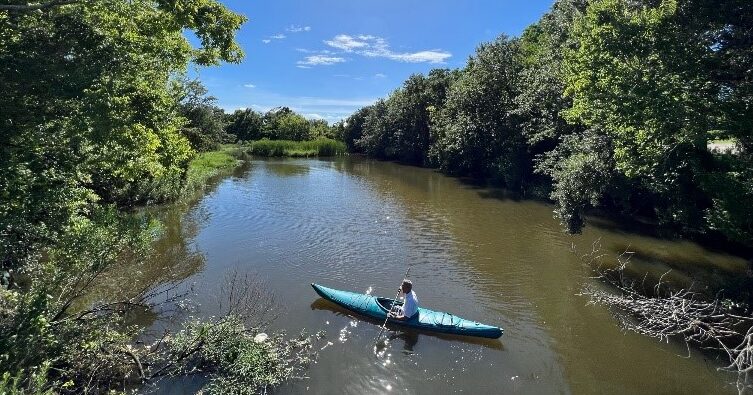NWF’s Gulf program has made great strides since its beginning over a decade ago, and 2023 was no exception. As we close out this year, join us in celebrating achievements … Read more
December, 2023

Momentum is growing for restoring freshwater ecosystems
Freshwater ecosystems provide clean drinking water, reduce the impacts of floods and fires, and are essential habitat for fish and wildlife. Despite these benefits, rivers and wetlands are often undervalued … Read more
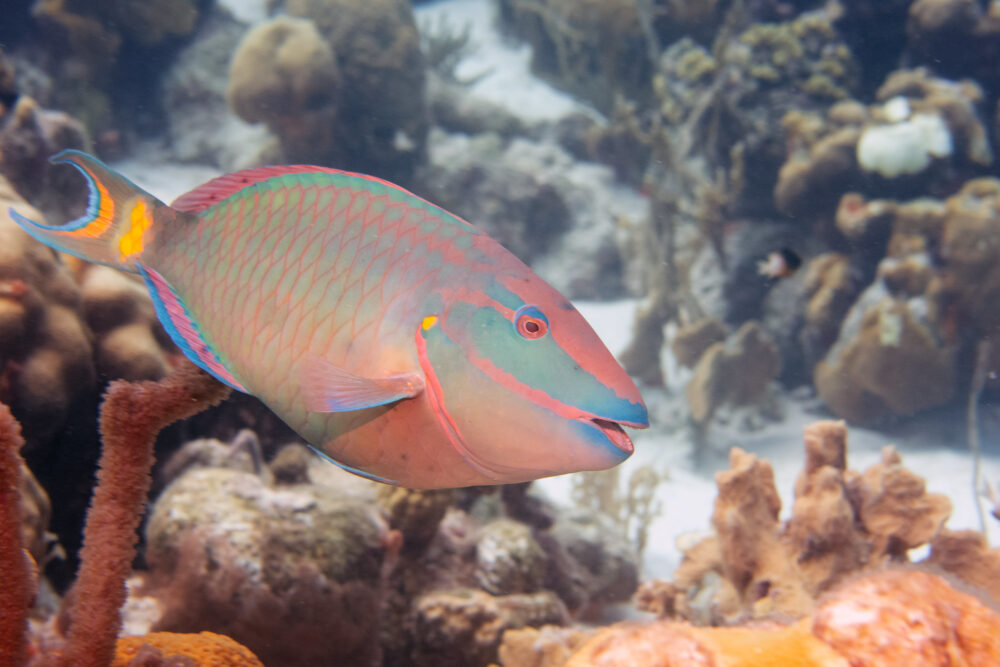
Enhancing Community Resilience in the Face of Climate Change
Natural climate solutions are often championed for their ability to either pull carbon from the atmosphere through photosynthesis or to prevent emissions related to ecosystem disturbances. But natural climate solutions … Read more
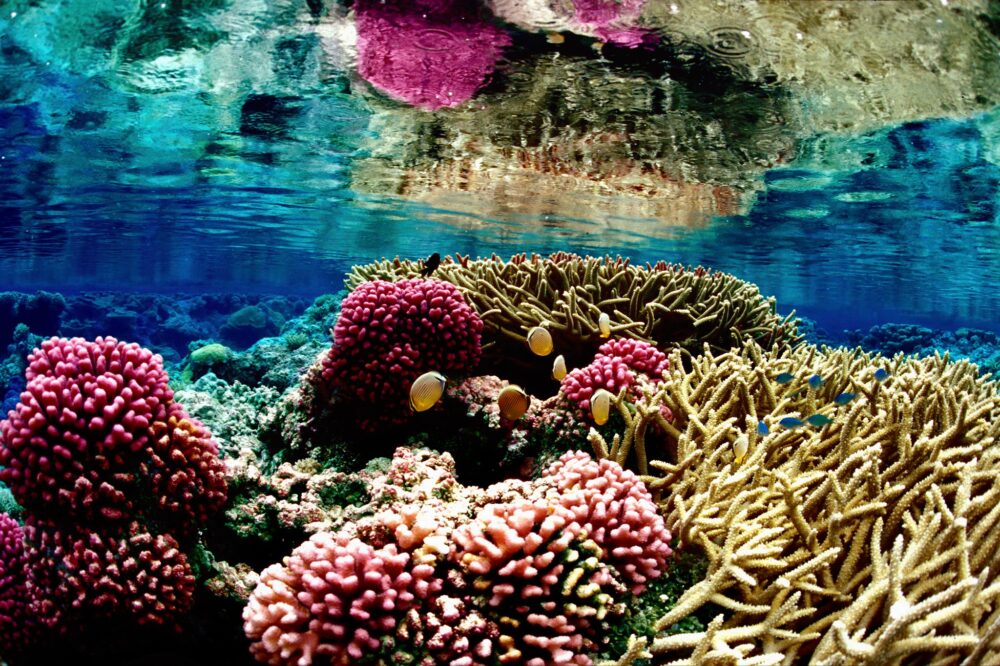
The Benefits of Investing in Natural Climate Solutions
Conservation, restoration, and improved stewardship of forests, wetlands, oceans, and farmlands around the world can provide up to a third of the emissions reductions we need to prevent the worst … Read more
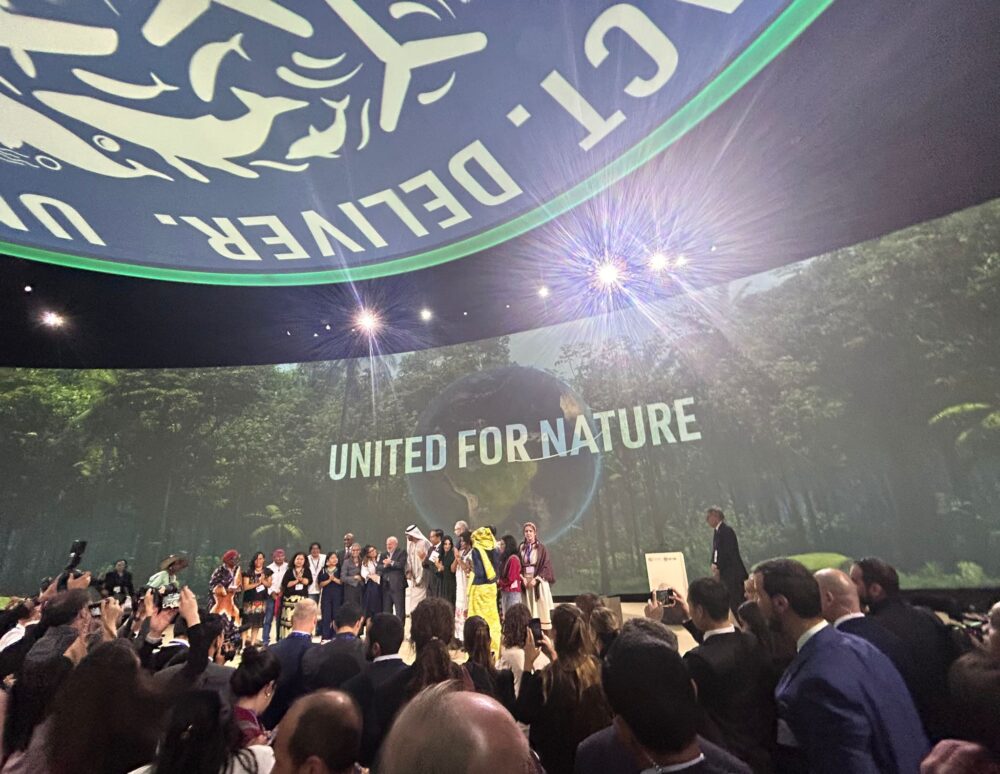
Harnessing the Power of Nature at COP28
Delegates from around the world gathered in Dubai this month for the United Nations climate change negotiations, called COP28. They had plenty to discuss: from assessing progress toward the world’s … Read more
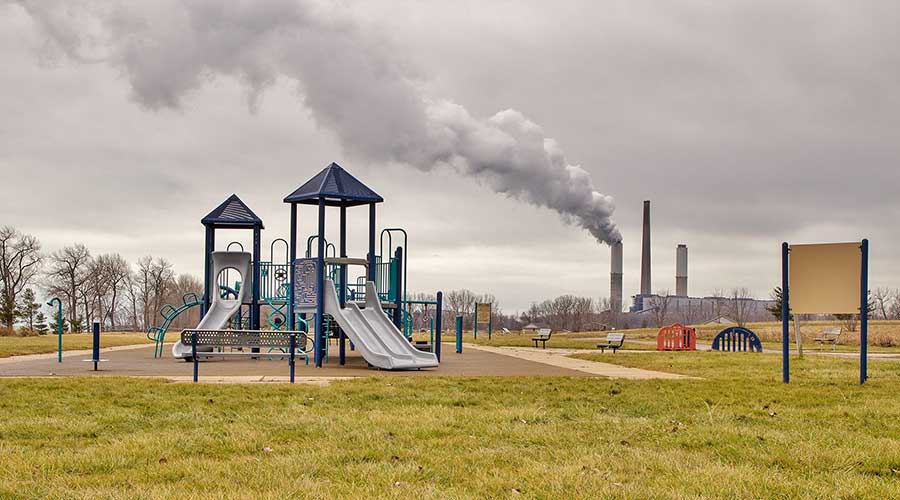
The $12 Million EPA Region 3 Thriving Communities Technical Assistance Grant Award
I began working at the National Wildlife Federation (NWF) as the Vice President of Environmental Justice, Climate and Community Revitalization (EJHCR) on July 25, 2022. A week later on August … Read more

New Climate Education Bill for New York
In November 2023, scientists in Europe reported that Earth’s global average temperature was briefly two degrees Celsius hotter than pre-industrial levels. NOAA and NASA— U.S. federal agencies—both confirmed that 2023 … Read more

